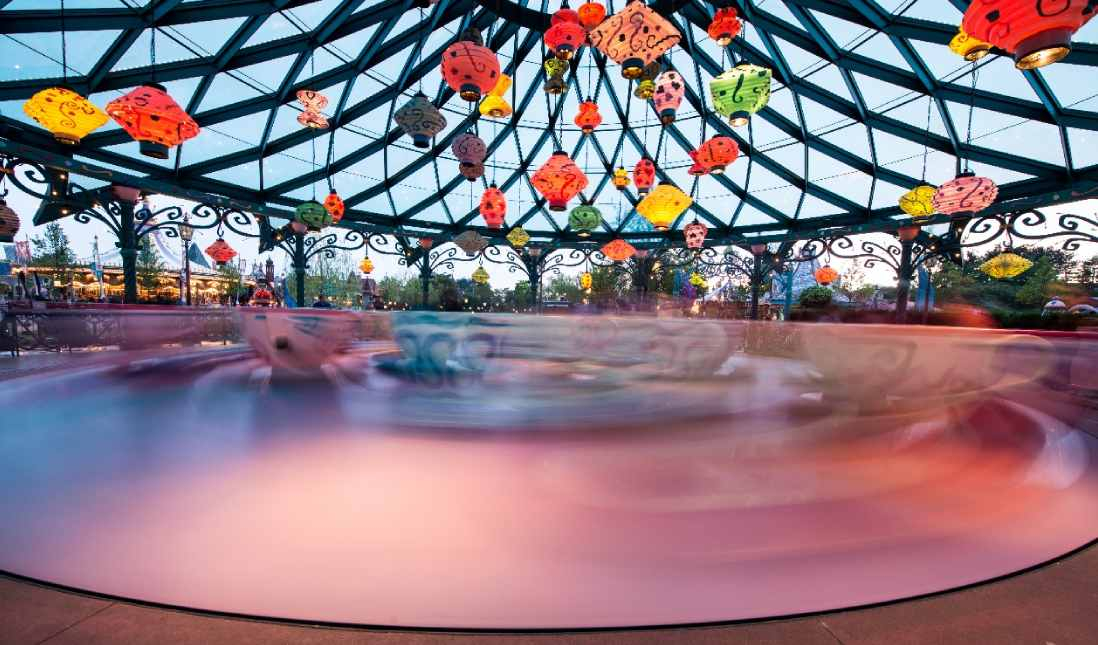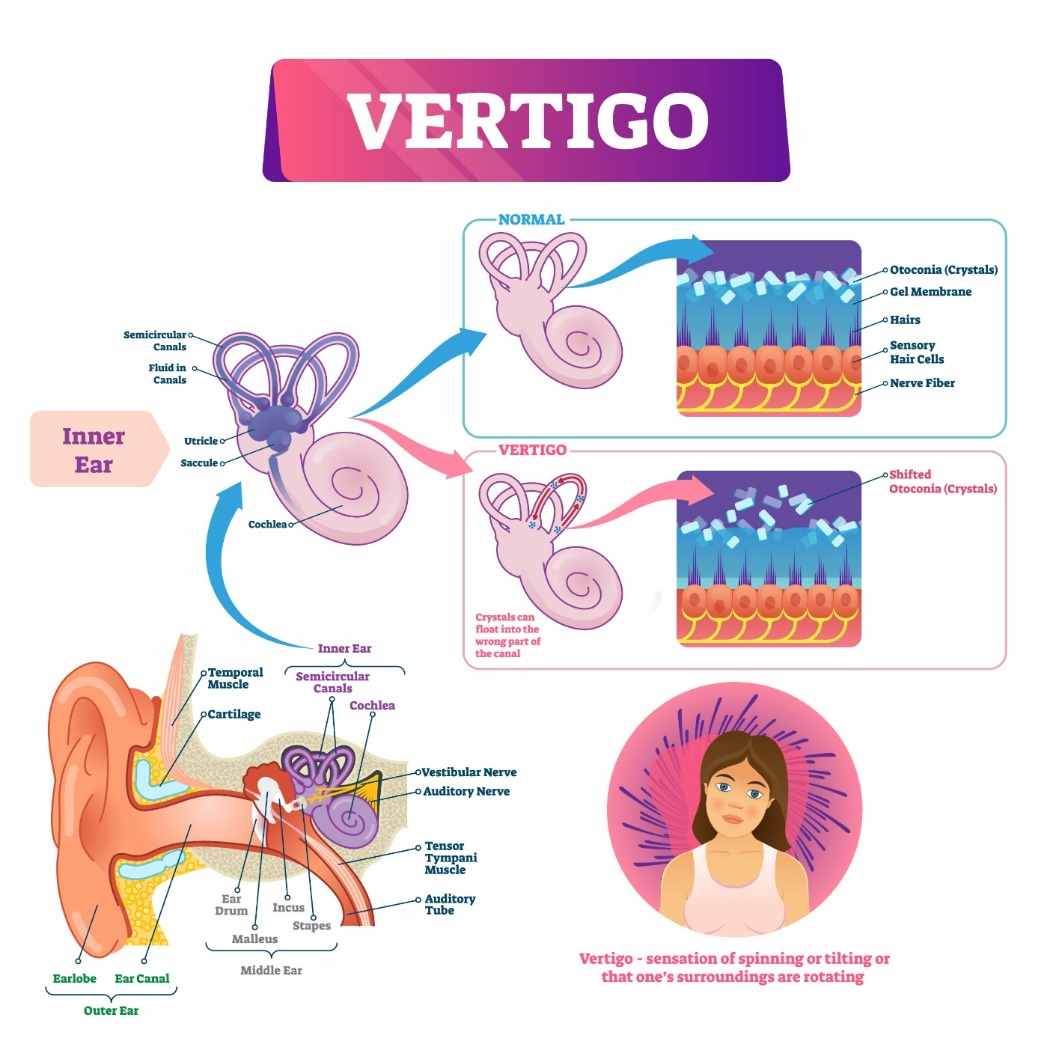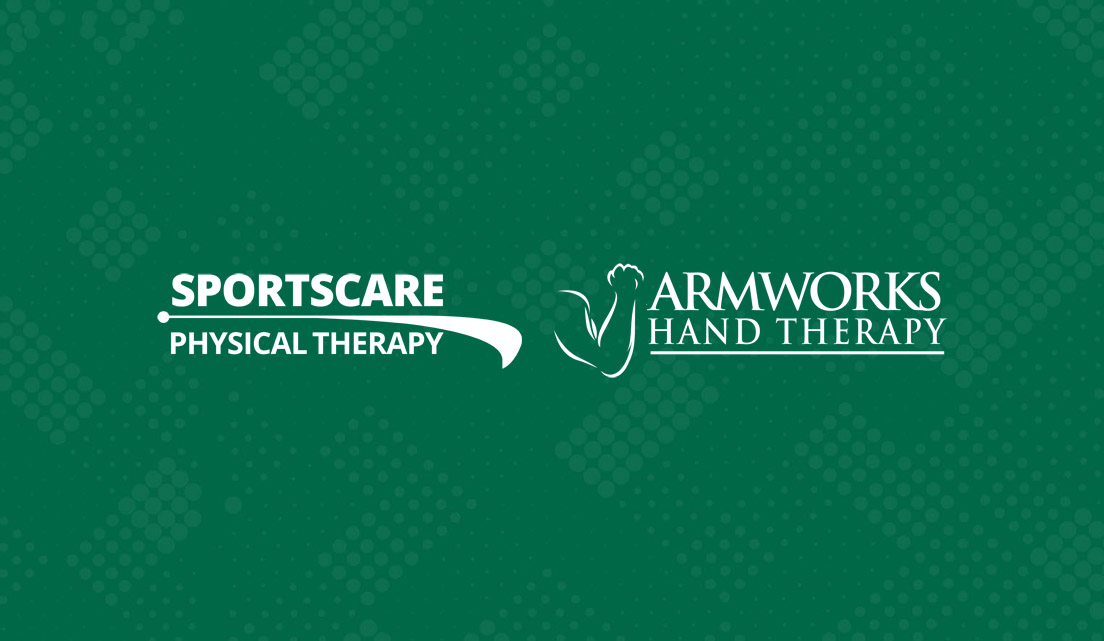Hello, Pain Pals,
Hi, I’m Tara, a Physical Therapist at Gresham SportsCare and today we are going to discuss the vestibular system, vertigo, and what physical therapy can do to help patients who experience these room spinning symptoms.
What do you feel when you think about the Disney teacup ride? If you’re anything like me, you remember the excitement building as you waited in line, and then immediate regret as you walked away and all you could see was this.

The vestibular system is the part of our bodies that tells our brain where we are in space. For example, when we roll over in bed from our back to our side, the vestibular system sends a signal to our brain to communicate this change in position. When we are walking in the grocery store and looking at the cereal boxes on the shelves, our vestibular system tells our brain “you are moving past the cereal boxes, the cereal boxes are not moving away from you.” Normally, we are completely unaware of this body system and most often we do not recognize the importance of the vestibular system until it becomes damaged. When this happens, many people experience what is known as vertigo, or the sensation that you are spinning on the teacup ride while laying or sitting down.
Vertigo is the feeling that you’re moving, when you’re not. It is also described as the feeling that other things are moving when they are not. Vertigo can be caused by an ear infection, disease, or most commonly, it is related to Benign Paroxysmal Positional Vertigo, otherwise known as BPPV.
I know you’re thinking “What the heck are those words and what do they mean?!” Let’s break it down.
– Benign = not harmful
– Paroxysmal Positional = symptoms change with position
– Vertigo = sensation of spinning or tilting when you’re not in motion
When we change positions, crystals move around the inner ear to let us know where we are in space. BPPV is caused when the otoconia, or inner ear crystals, that are supposed to be in the utricle (part of your inner ear), dislodge and get caught in the posterior semi-circular canal (a different part of your inner ear). When the crystals get caught in an incorrect location, you experience the symptoms of vertigo.

WOW that was a lot of information with big words. Congratulations on surviving the tough part! Here’s a joke as both a reward and to give your brain a break before we continue:
WHAT DID ONE HAT SAY TO THE OTHER?
YOU STAY HERE, I’LL GO ON AHEAD!
How can PT help?
Balance and dizziness may be cause by one of many issues so proper diagnosis is important. Physical therapists are educated on the vestibular system and know how to diagnose and treat vertigo. Treatment involves moving you through a sequence of positions to place the crystals back in their correct location. Everyone responds to treatments differently, but it is common to feel relief from vertigo after a single visit, and therapy usually concludes after two to three sessions.
In summary, if the room is spinning and you are not, you may be experiencing vertigo. Vertigo is caused by the placement of crystals in your inner ear. If you’re having symptoms of verti-GEAUX (vertigo), physical therapy can help. Schedule an appointment online today!
Have a great day and GEAUX Tigahs!
Tara Harrington, PT, DPT
Please contact us for references.

